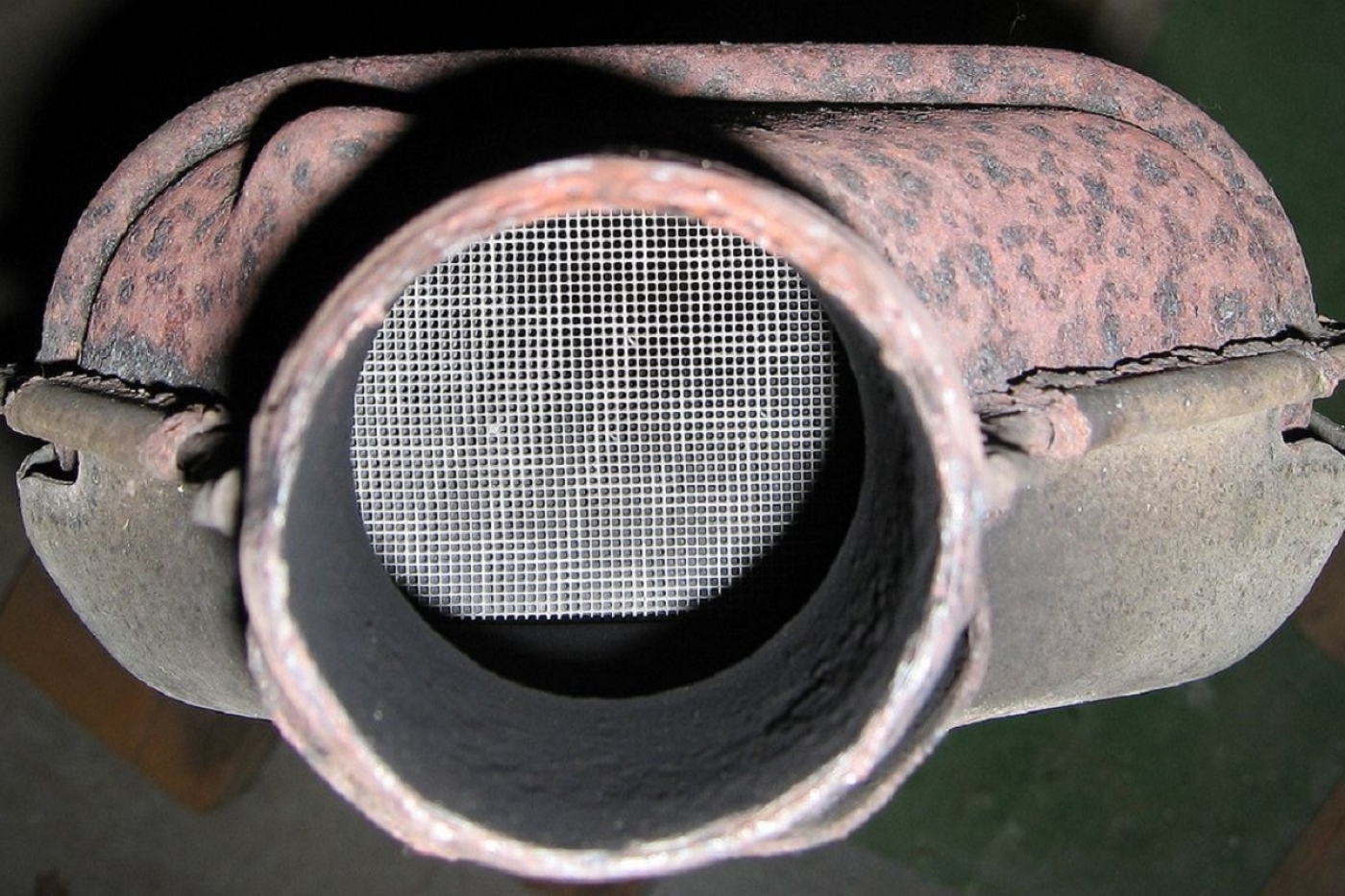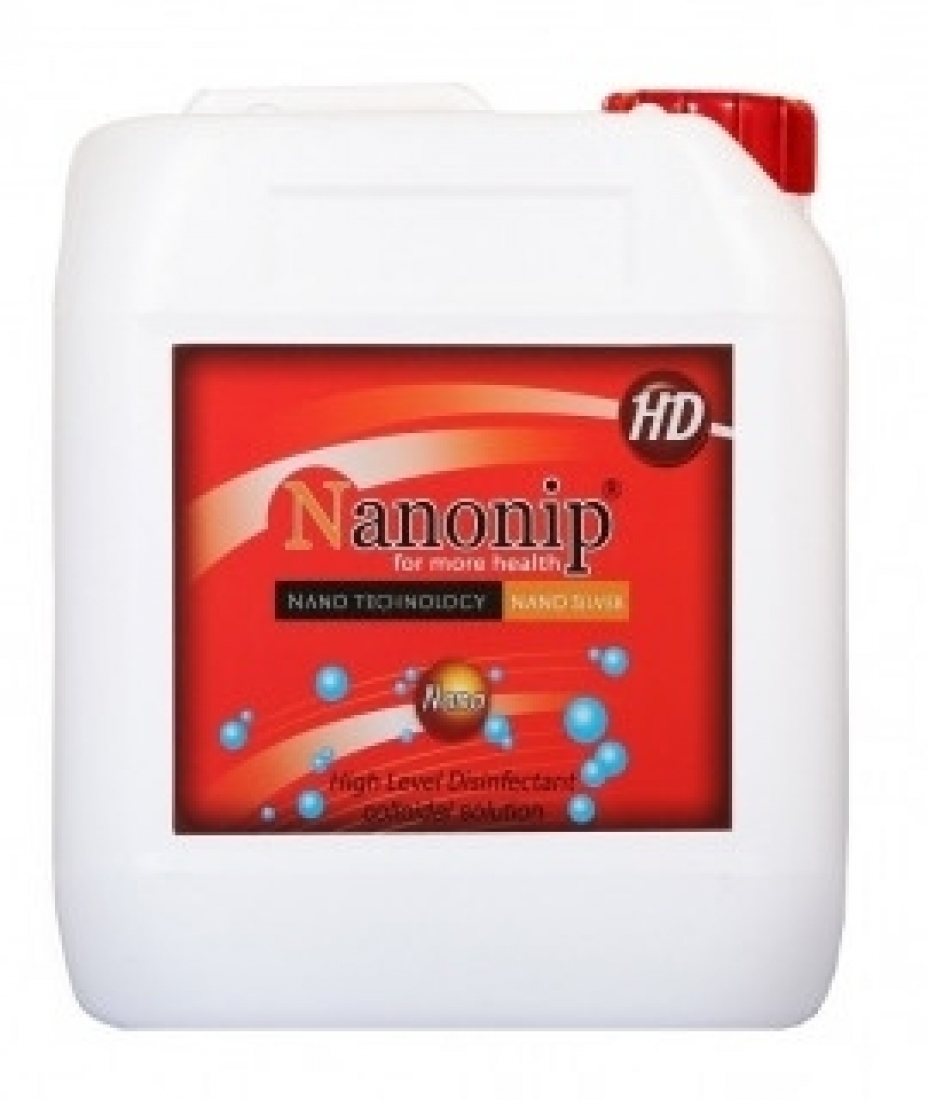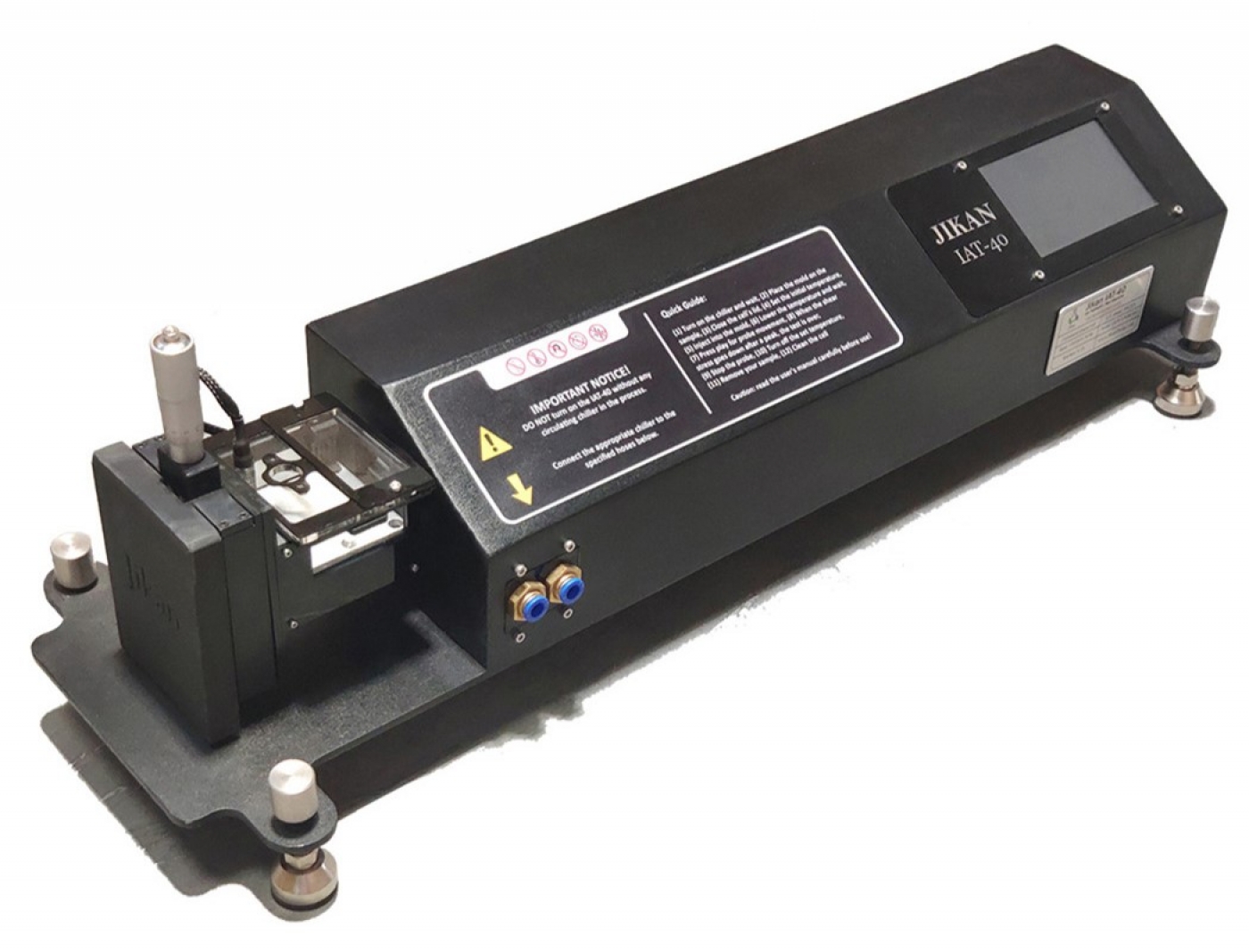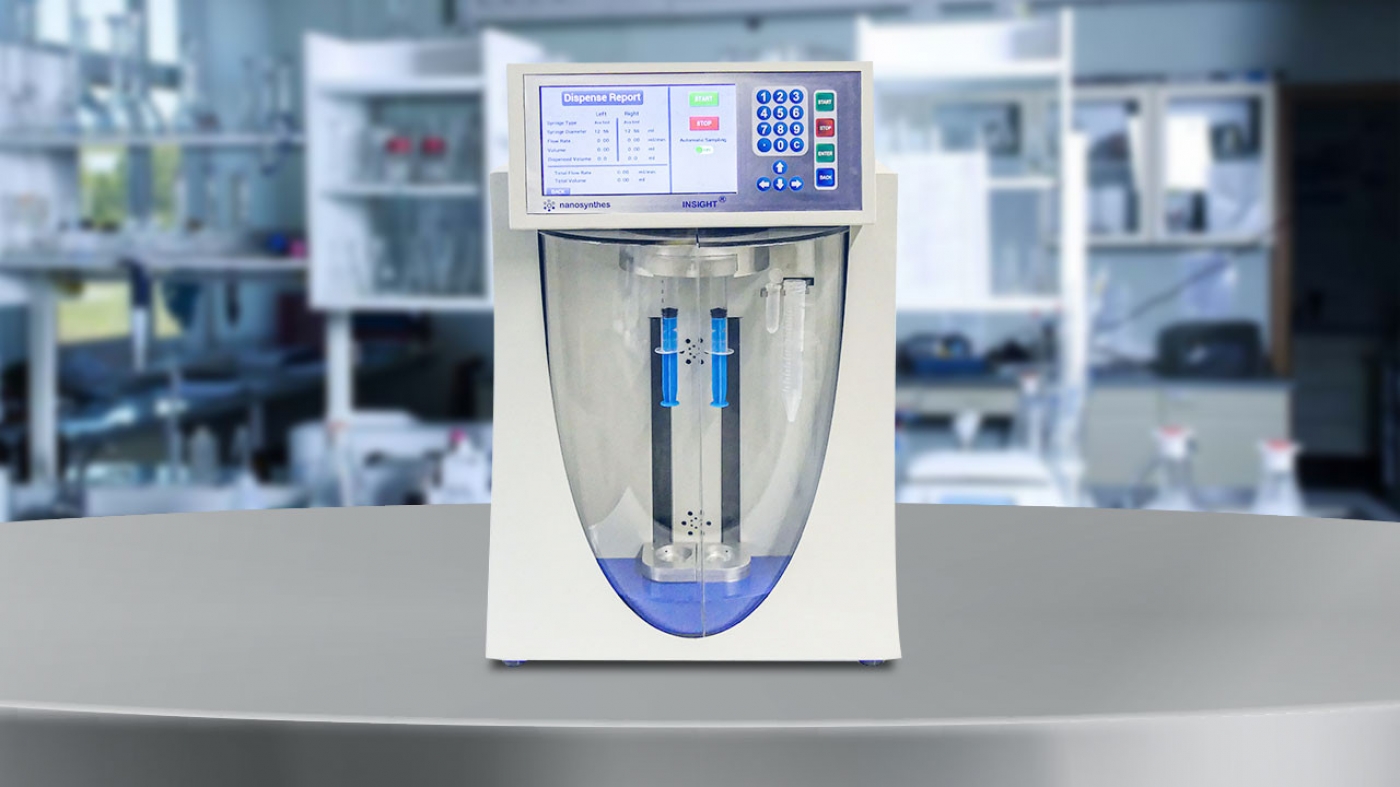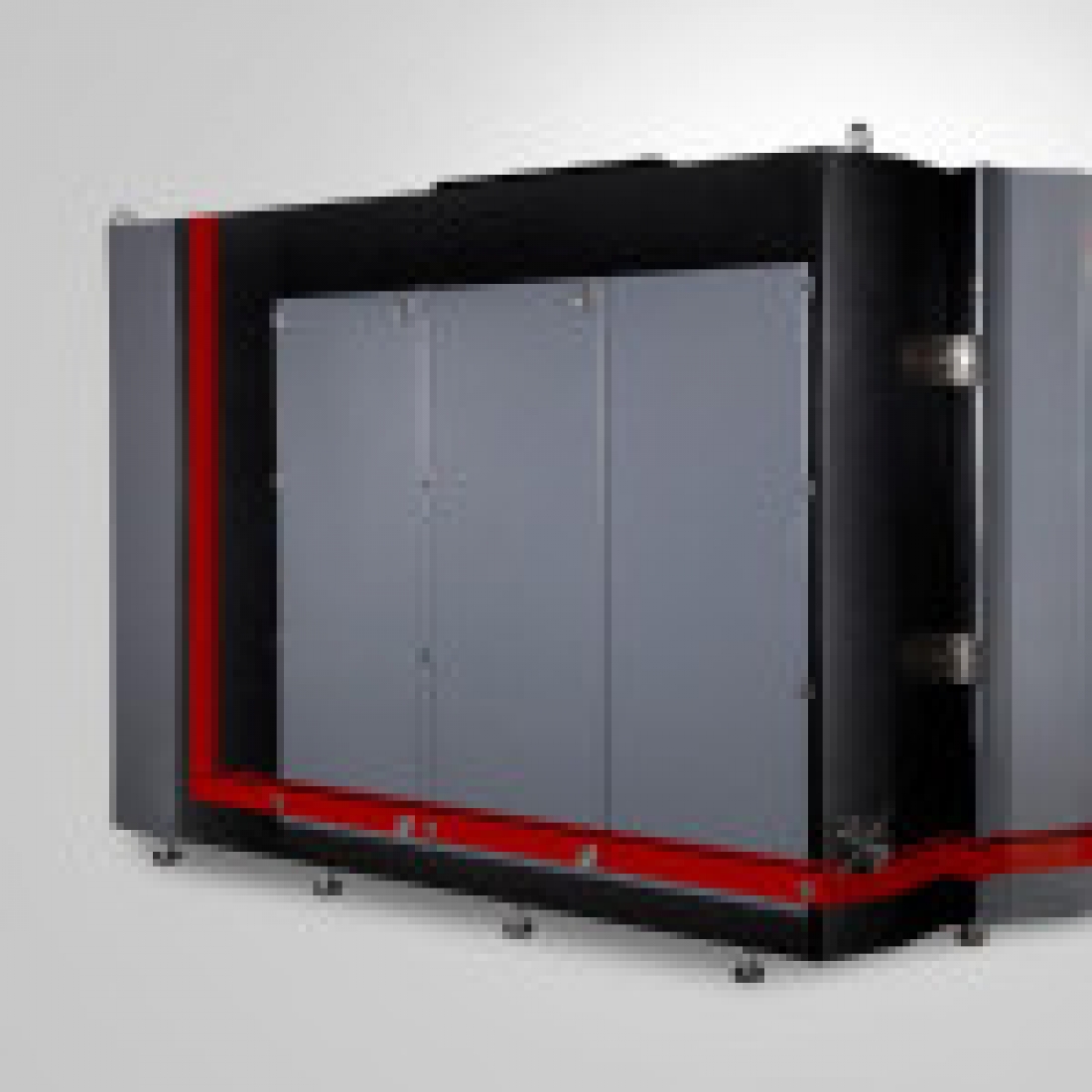Car exhaust gases include paraffin, olefins, aromatic compounds, water vapor, carbon monoxide, nitrogen oxides, sulfur oxides, nitrogen, oxygen and carbon dioxide. Catalytic converter is used to reduce the emission of gasoline and diesel cars. A catalytic converter is an exhaust emission control device that reduces toxic gases and pollutants in exhaust gas from an internal combustion engine into less-toxic pollutants by catalyzing a redox reaction (an oxidation and a reduction reaction).
Car exhaust gases include paraffin, olefins, aromatic compounds, water vapor, carbon monoxide, nitrogen oxides, sulfur oxides, nitrogen, oxygen and carbon dioxide. Catalytic converter is used to reduce the emission of gasoline and diesel cars. A catalytic converter is an exhaust emission control device that reduces toxic gases and pollutants in exhaust gas from an internal combustion engine into less-toxic pollutants by catalyzing a redox reaction (an oxidation and a reduction reaction). Catalytic converters are usually used with internal combustion engines fueled by either gasoline or diesel—including lean-burn engines as well as kerosene heaters and stoves. Various types of these catalysts are made, such as metal and ceramic. The key elements that play a catalytic role, depending on the process being performed or the standards of emission used, are precious metals such as platinum, palladium and rhodium as well as non-precious metals such as iron, manganese, nickel and copper. Using precious nanoparticles, this product improves the thermal stability of the final compound, increases the adhesion of different layers to each other, prevents agglomeration of the particles in the slurry used, and increases the effective surface area.
